The need to rear healthy calves is a no-brainer, isn’t it?
Just like how our parents would coax us to fill our meals with fresh fruits and rainbow-coloured vegetables, you need to make sure your calves are maintaining a healthy lifestyle right from the start.
They can then grow into strapping young cows that will help us achieve amazing levels of production.
However, calf-rearing is one usually ignored aspect of dairying.
Why is this?
Experts attribute it to the two-year lag between financial input and the return on investment.
Another reason is that healthy calves are more of an intangible asset and it’s not possible to put a number on the benefits of increased milk feeding, colostrum management, etc.
In this article, we’re going to discuss some major factors that have a huge bearing on the health of your calves to keep your pasture’s production at optimum output. Let's get this crucial lifestage down pat with the best animal health practices.
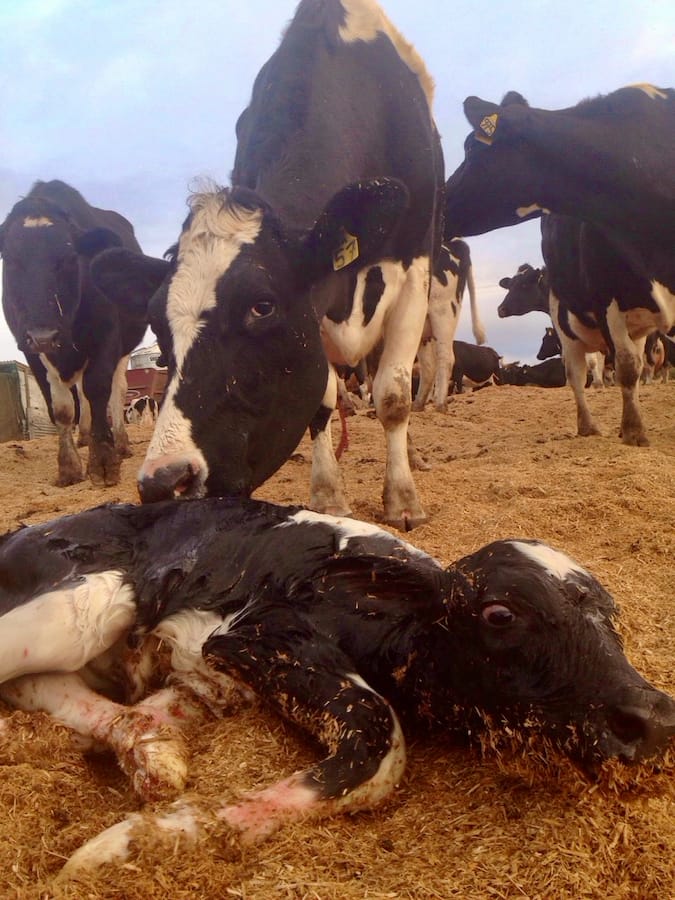
Newborn navels
Newborn calf navels are the easiest entry point for bacteria to enter the body and then propagate and cause death. You need to keep newborn navels as clean as possible by treating the navel with a 5% iodine solution right after birth and then after 12 hours after birth.
These are a few of the problems that can arise from a navel infection:
- Swollen front knees
- Septicemia or blood poisoning can cause death as early as in the first week
- Local infections of the navel
All about colostrum
A calf’s capability to absorb antibodies from the colostrum begins to decline right after the calf is born.
If you delay colostrum to the calf it will result in a calf without adequate passive transfer, that is, not enough antibodies to protect the calf against diseases.
If the calf drinks 10% of its body weight in colostrum as soon as possible in life, it will boost the calf’s chances of remaining healthy.
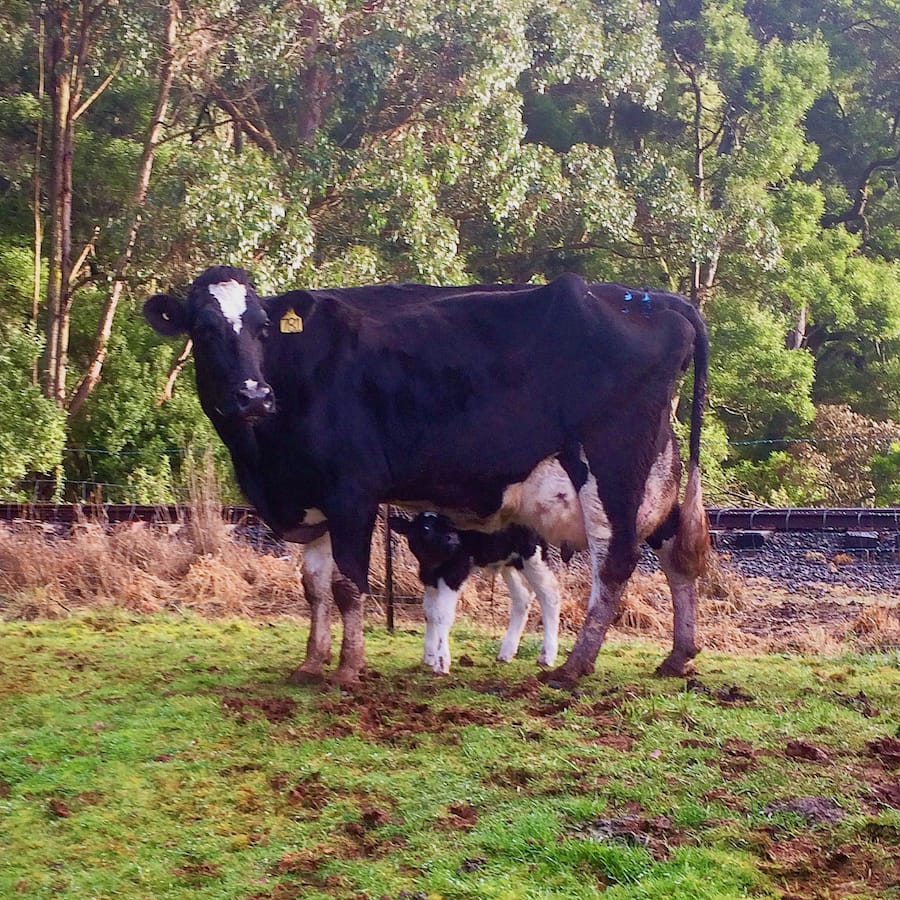
Calves left to suckle dams will not be able to gain a sufficient amount of antibodies to give adequate passive transfer.
Bottle feeding or even tube feeding high-quality colostrum will result in a higher percentage of calves with enough passive transfer.
Calves with a poor passive transfer will have poor health, increased death rates, reduced growth rates, delayed calving and lower levels of milk production in comparison with calves with an acceptable passive transfer.
However, do remember that not all colostrum consists of enough antibodies to provide enough passive transfer levels.
You could always use a Brix refractometer to measure a cow’s colostrum and make sure only the most high-quality colostrum is available for the first feeding.
A reading of more than 22pc Brix means that the colostrum is of good quality.
Bacteria loves to breed in fresh colostrum and make it their home. If colostrum is stagnant in buckets, bacteria will invade it and it could cause serious illnesses in calves and even death.
In fact, bacteria count can double every 20 minutes. Colostrum should only be stored in containers that have been scrubbed well and disinfected. Rapid chilling is also important.
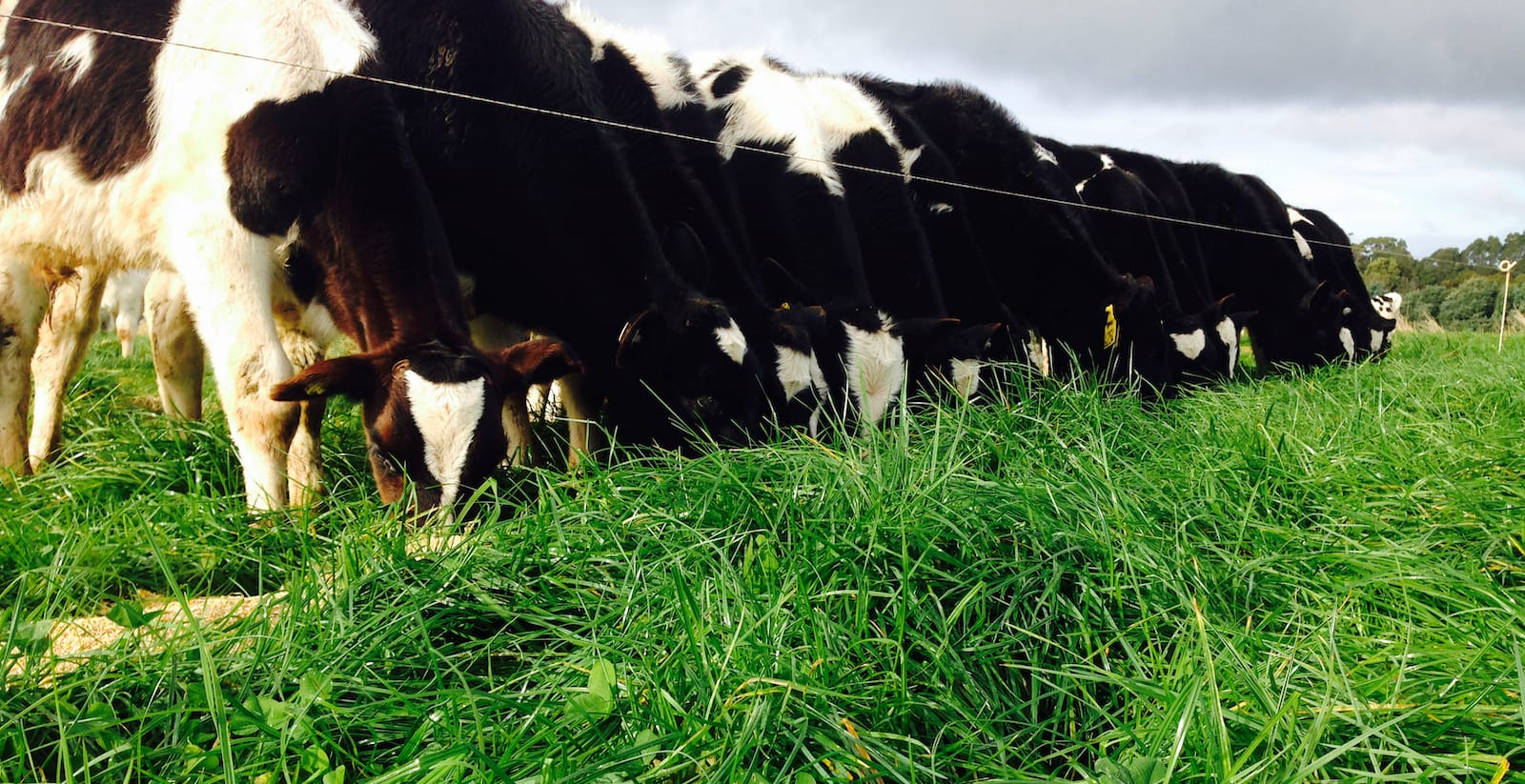
Ventilation
The immune system of the calf gets functional only until 12 weeks of age. At this time, the calf is very vulnerable to infections, usually due to the ammonia in the atmosphere that causes lung damage.
These can slowly turn into full-scale pneumonia.
Low ventilation is the main reason for a lung infection.
This is because it causes an increase in humidity and temperature which then becomes the perfect environment for bacteria and viruses to thrive.
Also, high-pressure hosing near the calves should be avoided since the mist from the hosing holds bacteria tightly from the manure which the calves inhale, which then causes lung infection.
The risk of a lung infection can be mitigated by making sure the area where the calves are houses have adequate and draught-free ventilation.
You could also use awnings to prevent rain from entering but still allow the free flow of air.
Scour
Scour is a blanket term used to describe a variety of conditions in calves that usually happen due to a loss of water and nutrients in the feces, which causes rapid dehydration and many times, death.
Scours are usually closed by environmental stresses like transportation, overfeeding, or feeding low-quality food. Agents that cause scour are bacteria like e.coli and salmonella, viruses like rotavirus and protozoa like coccidia.
When calves get a healthy supply of colostrum, it gives them good defence against scours.
Antibiotics don’t work against scour and could just lead to antibiotic resistance.
You can continue milk feeding during a scour episode but also add electrolytes to the calf’s diet 2-3 times a day. Make sure the calf’s living conditions are hygienic and that pens are disinfected.
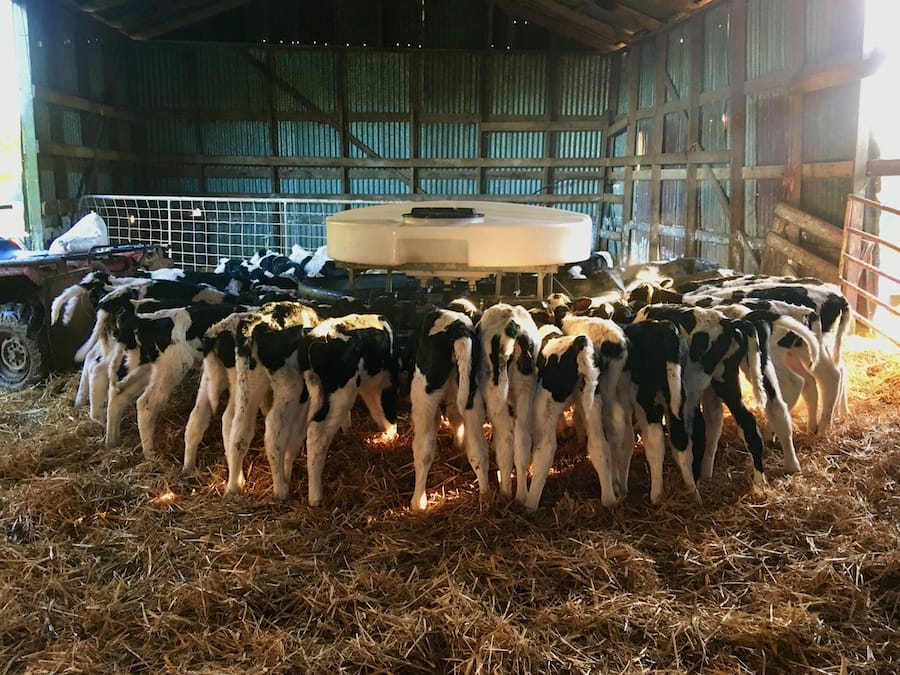
Milk feeding
Having a limit on milk-feeding like say, 4-5 litres for a calf that weighs 40 kilograms restricts growth in the calf and also affects the development of the immune system.
Calves that grow slowly are more susceptible to illness and death than well-fed calves.
Growth
Growth in the first 8 weeks of a calf’s life usually comes from the milk. Making your calves eat grain in the early stages of life will not make them grow faster or heavier.
Hay and straw are not great for pre-weaned rumen development and high-quality forage should be added to the diet in a gradual and controlled way.
Volatile fatty acids which are formed from the breakdown of grains help in good rumen development.
When a calf has decent and adequate rumen development, it will be able to have more than 1 kg of coarse calf muesli or pellets.
Straw
Clean straw is the key to healthy rumen development in any weaning practice. Pick clean and bright barley straw and make sure you place it right near the other feed so that your calves always remember to have a go at it!
While weaning, a calf’s pellet intake increases a lot.
This puts them at risk of suffering from acidosis. Acidosis damages the walls of the rumen and due to this, cows are not able to eat as much as they should be.
Straw does not contribute to a calf’s diet in terms of nutrients but it does help in providing long fibre which aids the muscular rhythm of the rumen and its size.
The long swards of straw and the time it stays in the rumen promotes the cud-chewing reflex that encourages the flow of bicarbonate from the saliva into the rumen.
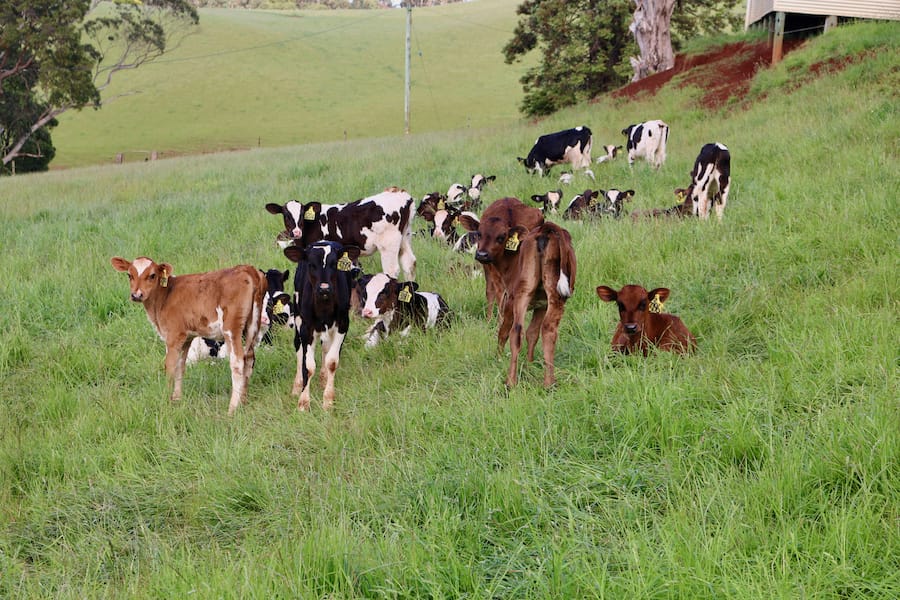
This is why it’s super important to keep bales of bright barley (now try saying this really fast) next to your other feed sources.
Water
Water, of course. The life source of our planet, and very, very important for growing calves.
Water also helps in the smooth development of the rumen, encourages the intake of feed and helps in digestion and all metabolic functions.
Calves do not get enough water in their milk to meet their hydration needs. Even milk dehydration will affect the metabolism of the calf and also lower their capacity to eat.
A very young calf whose 2 weeks or less will not be able to drink too much water but you’ll still have to make sure it’s readily available since they will get used to drinking water by themselves and it has to be around when they’re ready for it!
A 180-kg calf would require about 10 – 30 litres of water every day, on average. Of course, this would vary based on temperature, DM content, etc.
We’ve discussed some of the pressing factors that have huge impacts on calf health and survival. The main message is that a healthy calf leads to a healthy cow.
Keep reading our blogs and go down the rabbit hole of all things pasture and cattle health-related.
Until we meet again, Happy Farming!
- The Dedicated Team of Pasture.io, 2020-10-19